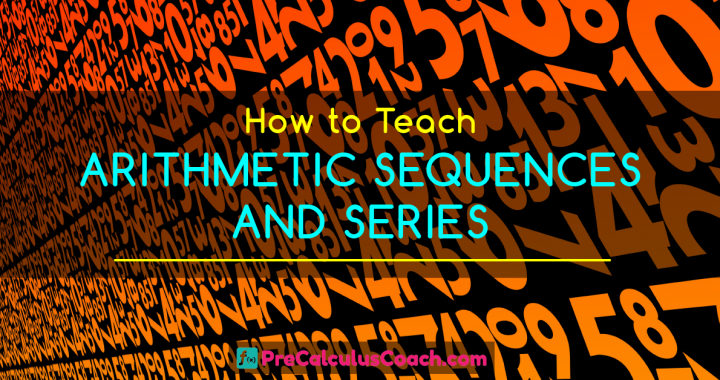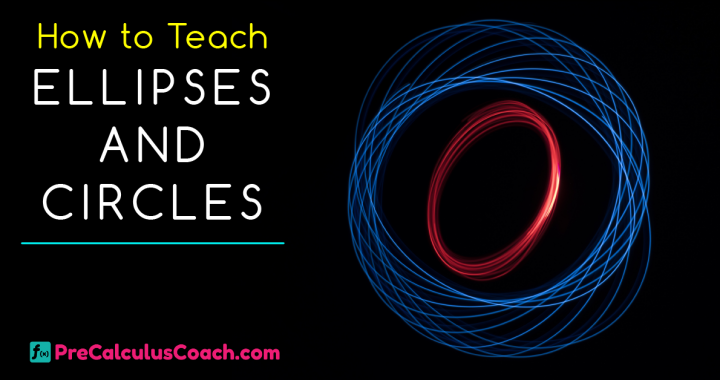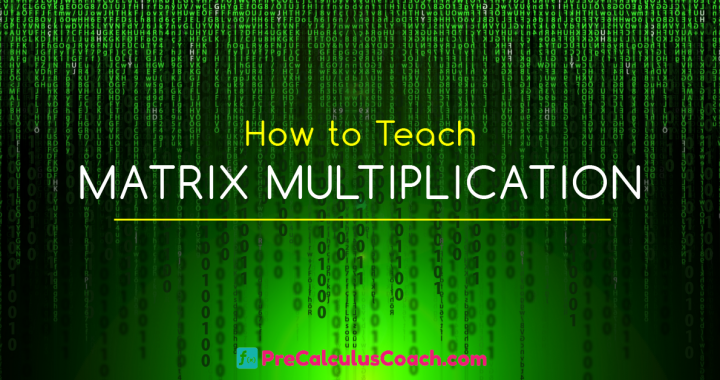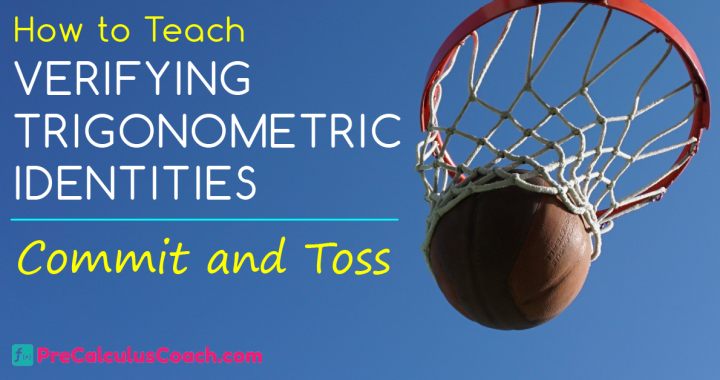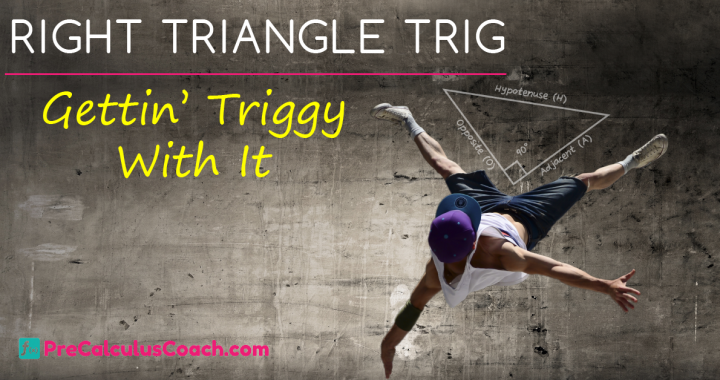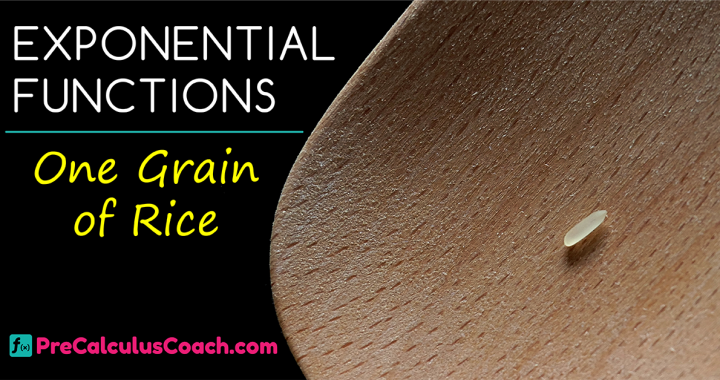When precalculus students learn about degrees, minutes, and seconds, they become fluent in converting between degrees and minutes, as well as converting between radians and degrees. They also learn how to find the area of sector or sector length. Precalculus is challenging for many students in general, and learning about radians and degrees is no […]
Trigonometric Functions on the Unit Circle
When precalculus students learn about trigonometric functions on the unit circle, they learn how to understand the standard position of an angle, coterminal angle, and reference angle and become fluent in finding the trigonometric ratios in a given point on a unit circle. Even though trigonometry can cause headaches for even the best of students, […]
Logarithmic Functions
In precalculus, students learn about functions, including logarithmic functions. They learn what logarithmic functions represent and acquire the necessary skills to evaluate such functions and find their domain and range. It’s no secret that logarithms can be challenging to master. Luckily, there are tons of tips that math teachers can use to help out students […]
Properties of Logarithms
When pre-calculus students learn about logarithmic functions, one of the most important lessons they come across is the properties of logarithms. This is because students can simplify and evaluate logarithms with the help of these properties. Even though log lessons may be challenging, math teachers can help make them more engaging and accessible by using […]
Matrix Operations
In precalculus, students learn about matrices and how to apply mathematical operations to them. Matrices have many useful applications, such as representing numerical data in a more compact form in tables, making it easier to manipulate it and find solutions to problems. Regardless of their usefulness, matrices and matrix operations can come across as confusing […]
Analyzing Graphs of Functions and Relations
Once pre-calculus students are confident in their knowledge of functions and relations, they move on to analyzing graphs of functions and relations (including identifying x and y-intercepts, zeros, symmetry, even and odd functions). Learning how to analyze graphs of functions and relations often comes across as tedious for many students. So one of the biggest […]
Power and Radical Functions
When learning about functions in precalculus, students familiarize themselves with what power and radical functions are, how to define and graph them, as well as how to solve equations that contain radicals. Units in precalculus are often seen as challenging, and power and radical functions are no exception to this. To help out with your […]
Polynomial Functions
In precalculus, students learn about functions. In lessons on polynomial functions, students first learn how to define polynomial functions and how to find the zeros as well as roots of polynomial functions. Even though precalculus lessons are often perceived as daunting for many students, they can be turned into a fun and easy learning experience […]
Teaching Functions in Precalculus
In lessons on functions (precalculus), math students learn what function notation is and become proficient in evaluating and solving functions, including piecewise functions, as well as interpreting statements that use function notation in terms of a context. Functions in precalculus may be challenging to grasp even for students who excel at math, and many math […]
Teaching Quadratic Functions and Equations
When students start with precalculus lessons, they learn how to graph quadratic functions and what the properties of quadratic graphs are. They also develop an understanding of quadratic equations and learn about the different ways of solving them. While entering the realm of pre-calculus may come across as scary for many students, there are many […]
Sets
At the bottom of this lesson there are Guided Notes, a Slide Show, and a Sets Worksheet to help you out with this teaching Sets to your students. Set Notation: It all starts with Set Notation. Students must master these symbols so that they can correctly analyze the problems they will be doing… Students need […]
Arithmetic Sequences and Series Worksheet
In all classrooms, there are students with different levels of ability. No matter what concept is being taught, presenting the basics to the class and then providing activities that individualize instruction meets the needs of more students and provides opportunities for student engagement and feeling of success. Writing lesson plans for such classroom interaction can […]
Polar Coordinates – Baby Talk
You’ve heard the saying “talk to me like I am three” when trying to explain or understand something complex. The approach to introducing polar coordinates must be made using that same philosophy. For students to understand how to graph polar coordinates and equations, these lessons must use a scaffolding method where students understand each piece […]
Introduction to Vectors – Navigating the Seas
Early navigators used math to chart their course and stay on it when dealing with factors such as wind and ocean current that affected their journeys. The system left something to be desired regarding accuracy. With the use of Introduction to vectors, your students can complete the activity that is linked below and gain not […]
How to Teach Ellipses and Circles
When students see a concept presented in more than one way, the chances of understanding increase. Many teachers have students draw ellipses and circles by attaching a loop of string to two tacks placed in corrugated cardboard. Students use a pencil to draw the ellipse by placing it at one of the tacks and moving […]
How to Teach Matrix Multiplication
The ‘Illuminations” Lessons from the NCTM website are an excellent resource for many mathematics concepts. Math teachers often take the ideas of others and tweak them to suit their level of comfort or match the activity to the ability level of students. One of the lessons entitled, Computer Animation, is a fun way for students […]
Verifying Trigonometric Identities – Commit and Toss
WARNING 🙂 You are going to let students throw paper wads or paper airplanes in your class. The activity is used for closure during the later portion of a class period. Anytime you can interject some play, the task is less complicated, and students are more open to discussion with their peers. Commit and Toss […]
Right Triangle Trigonometry – Get Triggy Wit It
Start your Right Triangle Trigonometry lesson with the YouTube video linked below. It is based on Will Smith’s rap song ‘Gettin’ Jiggy Wit It,’ entitled, ‘Get Triggy Wit It.’ It may not have a lot of trigonometry content, but it does introduce sine, cosine, and tangent and how they relate to a right triangle. If […]
Exponential Functions – One Grain of Rice
Read the book, One Grain of Rice, to your students. You will be amazed at how older students will pay attention when you read the book to them. It is a nice way to introduce the concept of Exponential Functions and start the class differently than the norm. One Grain of Rice Activity Give them […]











